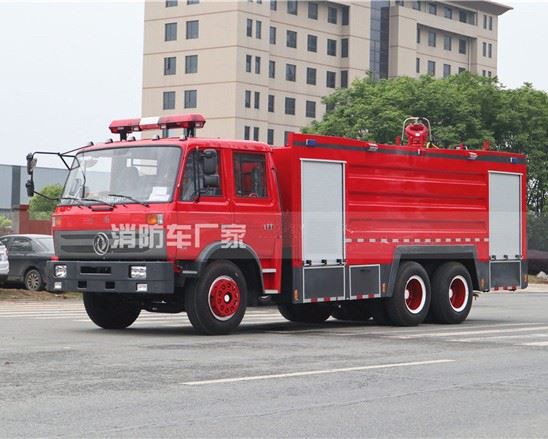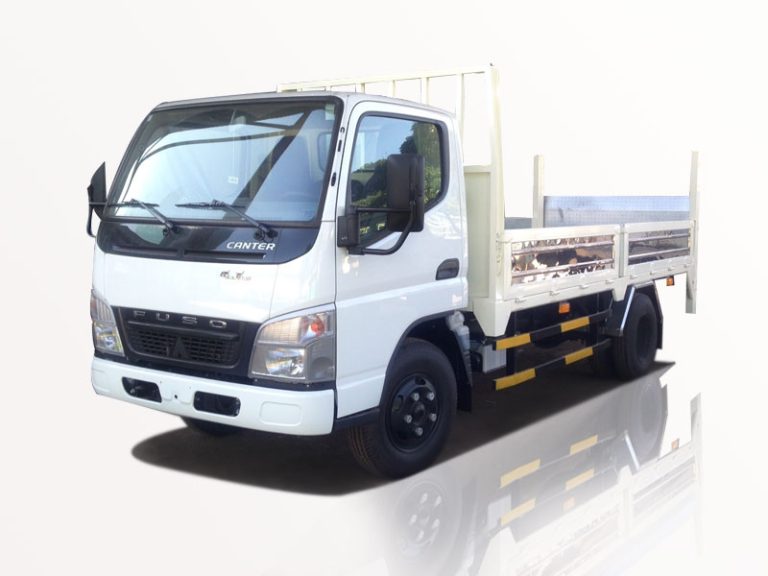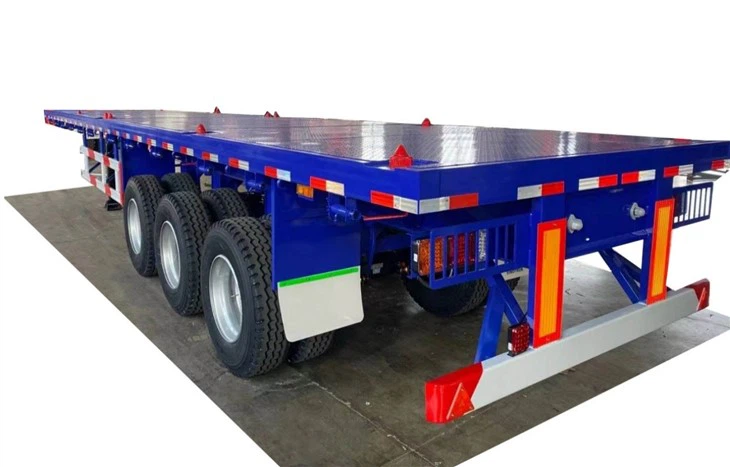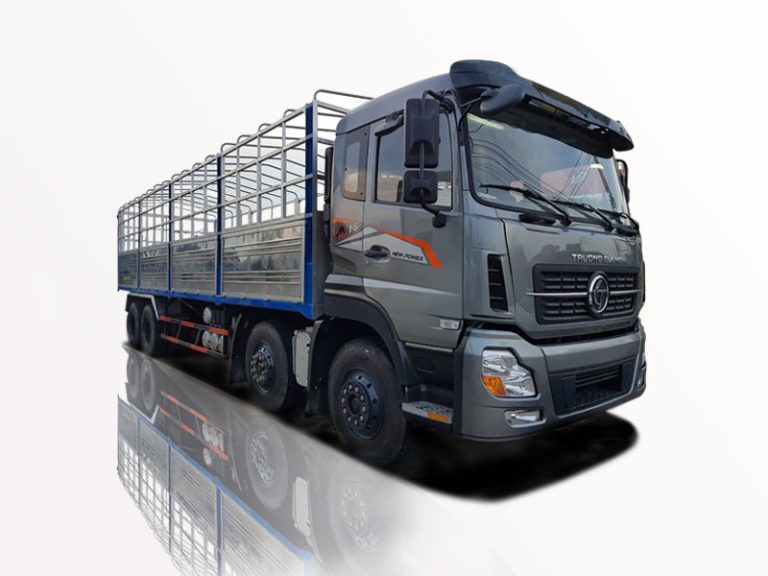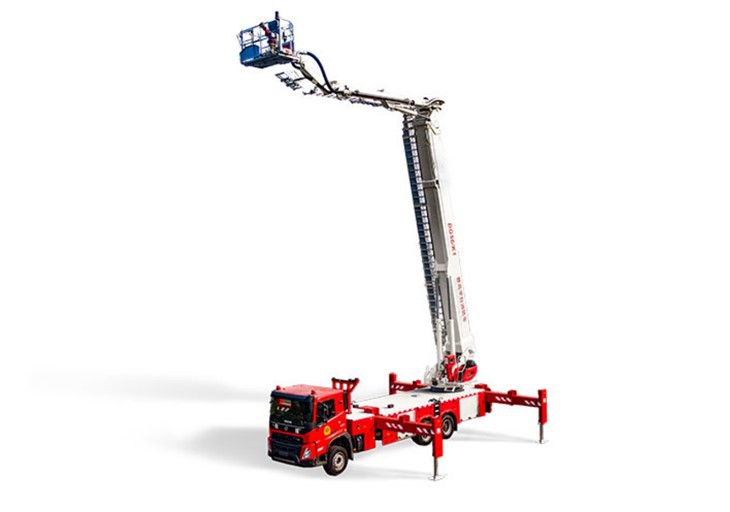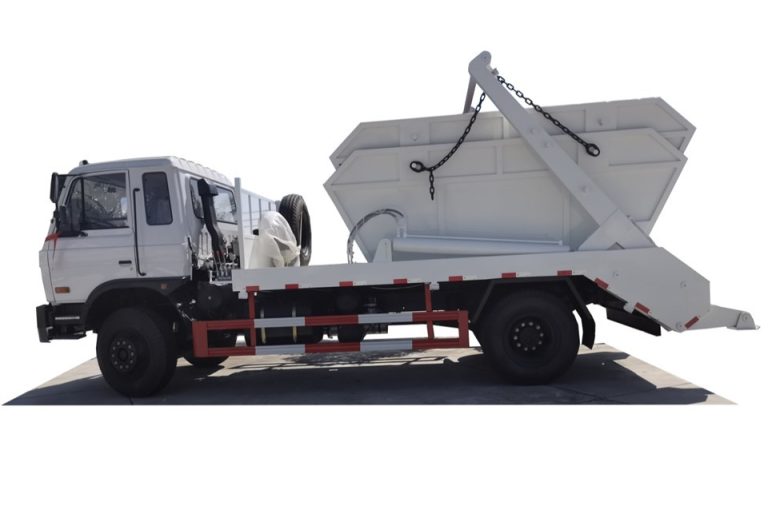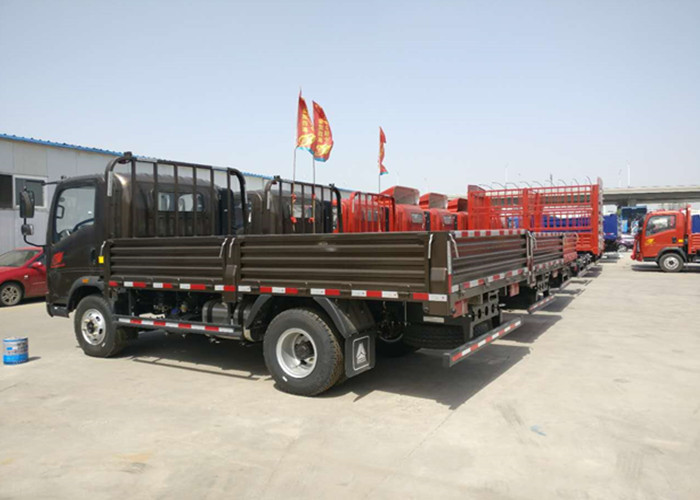When it comes to construction and renovation projects, understanding the logistics of materials is crucial. One of the most widely used materials in construction is concrete, and determining how much concrete a truck can hold is essential for efficient project planning. In this article, we will explore the various factors affecting the capacity of concrete trucks, the different types of trucks available, practical tips for calculating concrete needs, and much more.
Understanding Concrete Trucks
What is a Concrete Mixer Truck?
A concrete mixer truck is a vehicle specifically designed for transporting and mixing concrete to construction sites. These trucks are equipped with a rotating drum that keeps the concrete in motion until it is delivered to the job site.
Types of Concrete Mixer Trucks
- Traditional Mixer Trucks: These have a drum mounted on the back and are typically used for larger projects.
- Volumetric Mixer Trucks: These trucks have separate compartments for each ingredient, allowing for the fresh mixing of concrete on-site.
- Transit Mixer Trucks: Designed to transport mixed concrete, these trucks keep the mix agitated during transit to prevent segregation.
Concrete Truck Capacity
Standard Mixer Truck Capacity
On average, a traditional concrete mixer truck can hold between 8 to 14 cubic yards of concrete. However, the most common capacity for a standard mixer truck ranges from 9 to 12 cubic yards.
Factors Affecting Truck Capacity
- Truck Size: Larger trucks can hold more concrete but may not be suitable for all job sites.
- Regulations: Local regulations may dictate the maximum load weight, impacting how much concrete can be transported.
- Site Accessibility: Limited access can restrict the size of the truck that can be used.
Weight Considerations
The weight of concrete is typically 145 pounds per cubic foot. Therefore, knowing the weight capacity of your truck is essential for calculating the volume of concrete that can be transported. For instance:
| Concrete Volume (cubic yards) | Approximate Weight (pounds) |
|---|---|
| 1 | 3,900 |
| 5 | 19,500 |
| 10 | 39,000 |
| 15 | 58,500 |
Examples of Concrete Truck Capacities
Small Concrete Jobs
For small residential projects, such as driveways or patios, a smaller mixer truck holding about 6 to 10 cubic yards may be sufficient. For example, a typical job needing 15 cubic yards might require two full loads from a standard mixer.
Larger Construction Projects
In commercial settings, larger projects like building foundations can require 15 cubic yards or more. A fleet of larger trucks may be needed to ensure timely delivery. For instance, a foundation requiring 30 cubic yards will need at least three truckloads.
Calculating Concrete Needs
Estimating the Concrete Volume Required
To determine how much concrete you need for your project, follow these steps:
- Measure the dimensions of the area where you will pour concrete (length, width, and depth).
- Use the formula: Volume = Length × Width × Depth (make sure all measurements are in feet).
- Convert cubic feet into cubic yards by dividing the result by 27 (since there are 27 cubic feet in a cubic yard).
Example Calculation
For a slab of concrete that is 10 feet long, 5 feet wide, and 0.5 feet deep:
- Volume = 10 × 5 × 0.5 = 25 cubic feet
- Convert to cubic yards: 25 ÷ 27 = 0.93 cubic yards
Hiring Concrete Delivery Services
Choosing the Right Concrete Supplier
Selecting the right supplier is essential for ensuring quality and timely delivery. Consider the following:
- Experience: Choose a supplier with a solid reputation in your area.
- Capacity: Ensure they can meet your volume needs.
- Delivery Options: Check their delivery schedule to avoid delays.
Questions to Ask Your Supplier
Before hiring a concrete delivery service, consider asking:
- What is your minimum order size?
- What types of concrete do you offer?
- Can you provide a delivery window?
- What are your payment terms?
Practical Tips for Working with Concrete
Best Practices for Ordering Concrete
- Order a Little Extra: It’s advisable to order 10% more concrete than calculated to account for spillage and over-excavation.
- Schedule Wisely: Schedule deliveries to avoid concrete sitting too long in the truck.
- Be Prepared: Ensure your site is ready and everyone is coordinated for pouring when the truck arrives.
Common Pitfalls to Avoid
- Underestimating project size which leads to delays.
- Not accounting for weather conditions that may affect curing.
- Failing to communicate with the supplier about specific requirements.
Regulations and Safety Standards
Industry Regulations
Concrete transport is subject to various regulations to ensure safety on roadways. Be aware of local load limits and truck specifications that may apply to your project.
Safety Considerations
When working with concrete trucks, prioritize safety by:
- Ensuring the site is free from obstacles.
- Using proper Personal Protective Equipment (PPE).
- Training workers on safe practices around heavy machinery.
Frequently Asked Questions (FAQ)
How Much Concrete Can a Smaller Truck Hold?
Smaller mixer trucks typically hold around 6 to 9 cubic yards of concrete, making them ideal for small residential projects.
Can I Order Less Than a Full Truckload of Concrete?
Many suppliers will accommodate smaller orders, but there may be a minimum charge or fee for delivery.
How Long Does Concrete Last Once Delivered?
Once mixed, concrete generally needs to be poured within 90 minutes to 2 hours to ensure it remains workable.
What Happens If I Order Too Much Concrete?
If you order excess concrete, suppliers may charge for a full truckload or provide options for returning small quantities.
Are There Specialized Trucks for Different Types of Concrete?
Yes, there are trucks designed for specific types of concrete, such as those with additives, self-leveling concrete, or colored mixtures.
How Do I Ensure My Concrete Cures Properly?
Proper curing involves keeping the concrete moist, protecting it from extreme temperatures, and avoiding rapid evaporation post-placement.
